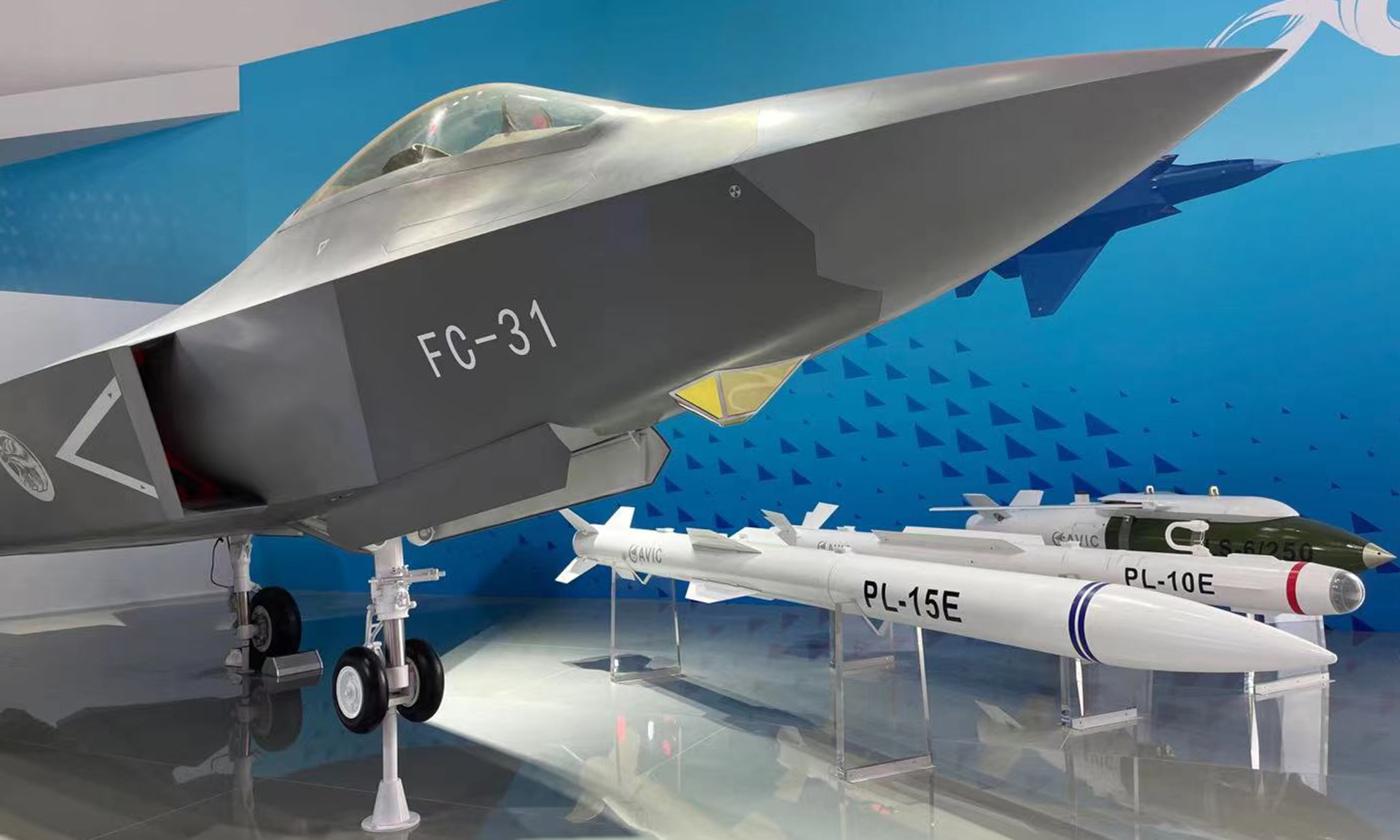Founder of Pakistan Quaid-e-Azam Muhammad Ali Jinnah said,
“There is no doubt that a country without a strong Air Force is at the mercy of any aggressor. Pakistan must build up her air force as quickly as possible. It must be an efficient air force second to none and must take its right place with the Army and the Navy in securing Pakistan’s Defence.”
“Second-to-None” is the way the Pakistan Air Force (PAF) takes when it comes to safeguarding the airspace and effectively projecting its prowess in front of its adversaries. PAF is also dedicated to technological advancements, operational excellence, and preparedness through indigenization and human resource development.
In the 1st week of 2024, PAF conducted its aircraft fleet’s “Induction and Operationalization” ceremony, which included the induction of various fighter jets and air mobility platforms like the J-10 CP Vigorous Dragon, C-130 Hercules, Boeing 737, Piper M-600, and Beechcraft Super King Air 350i aircraft. The PAF has also inducted modern radars and unmanned Aerial Systems like Bayraktar Akinci, Tb2, and Shahpar-II along with Swarm Drones. Various munitions for the platforms were also displayed at the event inducted that day.
Speaking at the ceremony, the Chief of Air Staff, Air Marshall Zaheer Ahmed Baber Sidhu, emphasized the PAF’s readiness to integrate specialized technologies via rapid strategic inductions from friendly nations and diverse indigenous initiatives. He further elaborated on his vision to transform the PAF into a formidable air force of the next generation. Chief of Army Staff General Asim Munir was the Chief Guest at the ceremony, and he commended the dynamic leadership of Air Chief Marshal Zaheer Ahmed Baber Sidhu and lauded the operational preparedness of Pakistan Air Force in incorporating state-of-the-art weapon systems, substantially contributing to ensuring the balance of power in the region.
The most interesting development for the PAF and the defence enthusiasts was the announcement that the foundation for acquiring the Shenyang J-31 Stealth Fighter aircraft, which would become part of the PAF fleet in the foreseeable future, had already been laid. This is a huge development because Pakistan would be the 1st nation in South Asia to acquire 5th Generation Stealth Aircraft with advanced avionics and munitions from neighboring China.
This revelation offers a glimpse into PAF’s strategic outlook and its efforts to maintain regional aerial dominance. Pakistan’s induction of J-10CP into its fleet was also an answer to the Indian Air Force’s induction of advanced 4+ Generation French Rafale Jets, which hindered the balance of power in the region along with long-range S-400 Surface-to-Air Missile System Induction. Shenyang J-31, when inducted, would give Pakistan Long-Range target capability without detection. Once acquired, the new fighters could replace early versions of the American F-16 aircraft in Pakistan’s fleet.
Pakistan Air Force is also in the process of upgrading its Airborne Early Warning and Control System (AEW&Cs) and Electronic Warfare (EW) aircrafts. These aircraft are often underrated but are important to gain air superiority in an air battle. PAF’s DA-20 Falcon EW aircraft blinded the Mig-21 Bison of the Indian Air Force Pilot Wing Commander Abhinandan during the 2019 Operation Swift Retort. Then PAF’s aircrafts were able to shoot the Mig-21.
Pakistan Air Force’s Pakistan Aeronautical Complex (PAC) Kamra is also developing and inducting JF-17 Thunder aircraft in a Joint venture with China. Recently, Pakistan inducted the Block-III Variant of the aircraft, which features advanced sensors, avionics, long-range air-to-air missiles, and an advanced AESA radar for long-range detection. Other enhancements include a reduction in the aircraft’s radar cross-section, which is a result of greater use of composite material
These recent inductions show a strategic shift from Western Military equipment to Indigenous and Eastern suppliers like China and Turkey. This will ensure that Pakistan will not be dependent on the supplies of spare parts and munitions from the United States or any other Western states during the crisis. Pakistan also faces a constant economic crunch, so the indigenization and import of non-western platforms will have less economic burden on the economy.
With all these inductions, the Pakistan Air Force will give its aircraft inventory a major, much-needed boost to counter the growing threat from its Eastern neighbor, which is modernizing its air force rapidly. The prospective acquisition of Shenyang J-31 Stealth Fighter highlights a significant leap in Pakistan’s air defense capabilities. The PAF demonstrates a commitment to self-sufficiency and readiness with a focus on indigenization, upgrades to critical systems, and a strategic shift towards non-Western and indigenous suppliers. This not only reinforces its regional aerial dominance through aeronautical prowess but also positions the force as a technologically advanced and economically prudent guardian of national security, embodying a vision for a formidable air force of the next generation. The overall aim of these power projections is to maintain a balance of power in South Asia against the hegemonic designs of our Eastern neighbor.
Photo Credits: Liu Xuanzun/Global Times

Table of Contents
ToggleAbdul Wassay
Abdul Wassay is a Research Assistant at the Centre for Aerospace and Security Studies, Lahore. He can be reached at info@casslhr.com.













